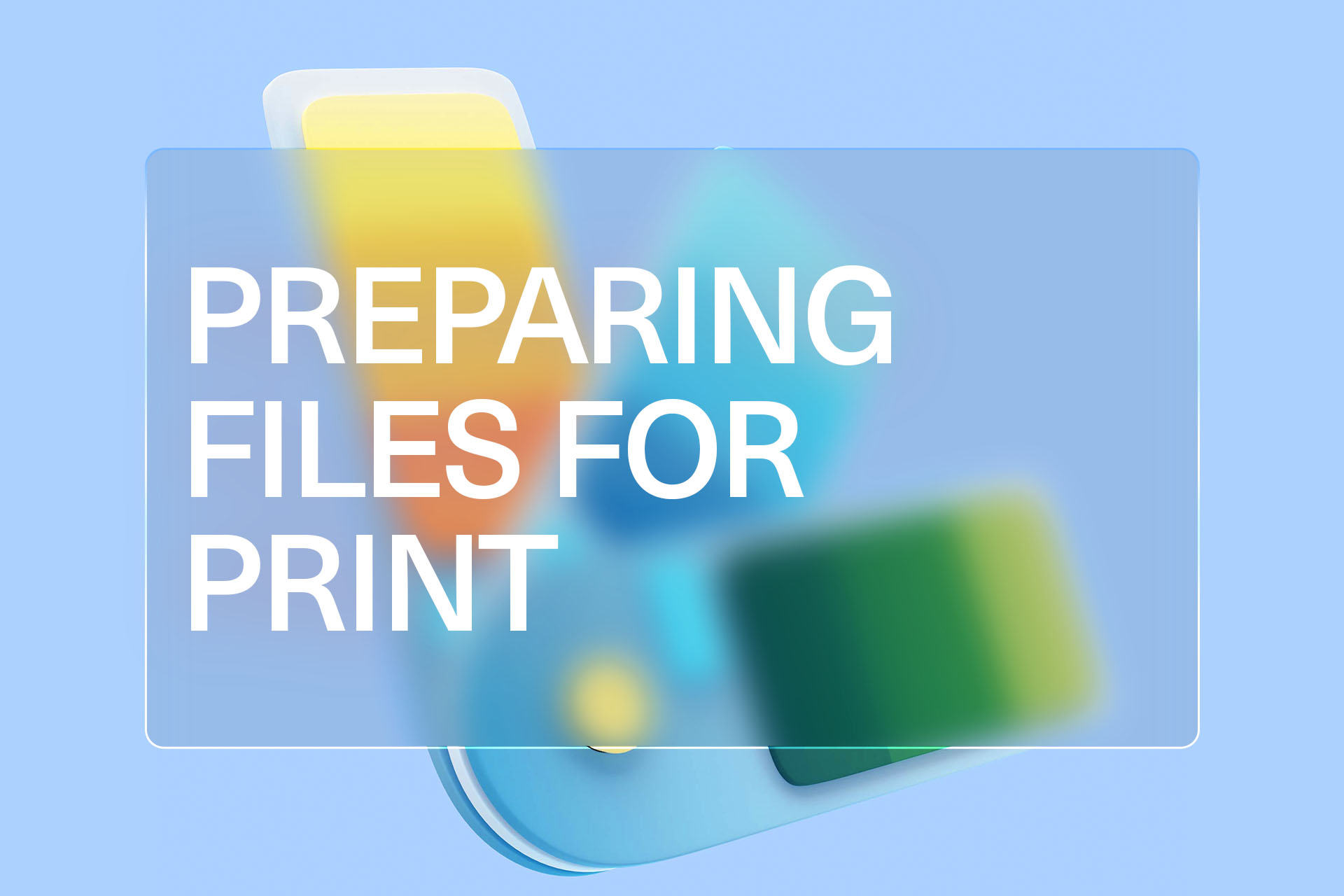Simple Isn't So Simple

Table of Contents
If we want to communicate effectively, our message must be easily understood by our audience. Too complex and people tune out. Too abstract and people won’t get it. Too long and people won’t even stop to listen.
Crafting a message your audience will tune into
Crafting a message your audience will tune into is a delicate mix of all the right ingredients. If we want to craft a message our audience understands, we must keep them in mind while crafting it. While that may seem obvious, many find themselves lost in the complexity of what they offer—stuck trying to figure out what information is worth sharing and what isn’t. Look long enough and soon everything seems important—after all, everything we offer, we offer for a reason. But what may appear critical to us might be inconsequential to our audience. And conversely, what we see as simple and obvious may actually be a game changer for them. The hardest part isn’t figuring out what to say, it’s figuring out what not to say. Trimming our message down so it’s as concise as possible while still conveying the value and benefits of what our brand has to offer.
The importance of simplicity in decision making
Trimming the message not only makes it more effective, but also simplifies the decision making process for our audience. With a simple message, our audience doesn’t have to work or waste time figuring out what we offer—they can tell right away. Contrast that with a competitor whose message isn’t clear—who makes their audience work to figure out what’s being offered—and it becomes obvious which option people will choose.
Consider the last time you were searching for something online or purchasing a product. You likely chose the option that clearly stated what it offered and aligned with what you were looking for. Before finding the solution, you may have come across other websites or products that offered the exact same solution, or possibly an even better one. However, their message was either too complex, abstract, or long, causing you to move on without giving them a chance. The solution you ultimately chose may not have been the best, but it effectively communicated what it offered, making it stand out among the competition.
Understanding what is and isn't important to your audience
This is what makes simplicity so complex. To do it right, we need to understand what is truly important to our audience regarding what we offer. We can visualize this as two intersecting lines—horizontal and vertical. On one end of the horizontal line, we have what is important about our offering, while on the other end, we have what is unimportant. The vertical line represents what our audience cares about and what they don't care about. Ideally, the information in our message should fall into the quadrant that aligns with what is important about our offering and what our audience cares about. It is even possible that our audience cares about something that we have initially deemed unimportant. In such cases, it may be an opportunity for us to adjust our messaging.
Analyzing competitors and finding opportunities to stand out
We can also analyze our competitors using the same grid, placing their messaging in relation to what our audience cares about. This exercise can provide valuable insights into where there may be openings for our brand to stand out. The more competitors we assess, the easier it becomes to identify areas where we can differentiate ourselves.
Conclusion: Steps to achieve an effective and simple message
To sum it up, crafting a clear and effective message for our brand is crucial to effectively communicate with our audience. By following these steps, we can achieve a clear and impactful message:
- Understand your audience: Take the time to truly understand what is important to your audience and what they care about. This will help you tailor your message to resonate with them.
- Trim down your message: Be ruthless in removing unnecessary information and focusing on the key value and benefits of your brand. Strive for conciseness while still conveying the essence of what you offer.
- Test for clarity: Make sure your message is easy to understand by testing it on a diverse group of individuals. This will help you identify any areas that may need improvement or clarification.
- Stand out from competitors: Evaluate your competitors' messaging in relation to what your audience cares about. Identify opportunities where you can differentiate yourself and occupy a unique position in the market.
- Pivot if necessary: If you discover that your audience cares about something you initially deemed unimportant, be open to adjusting your messaging. This can be a valuable opportunity to align your message with your audience's interests.
By following these steps, you can create a message that is simple, effective, and resonates with your audience. Remember, simplicity is not always easy to achieve, but the effort is worthwhile if it means connecting with your audience and standing out among the competition.





